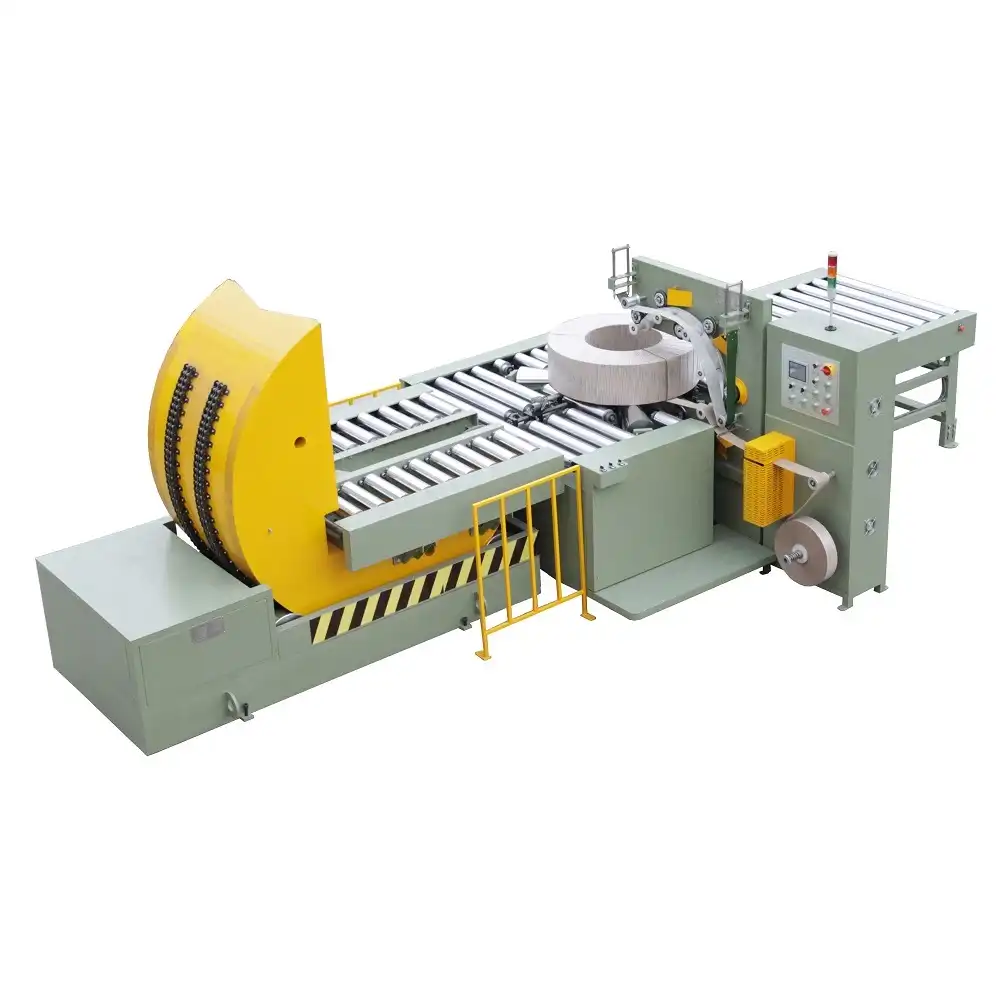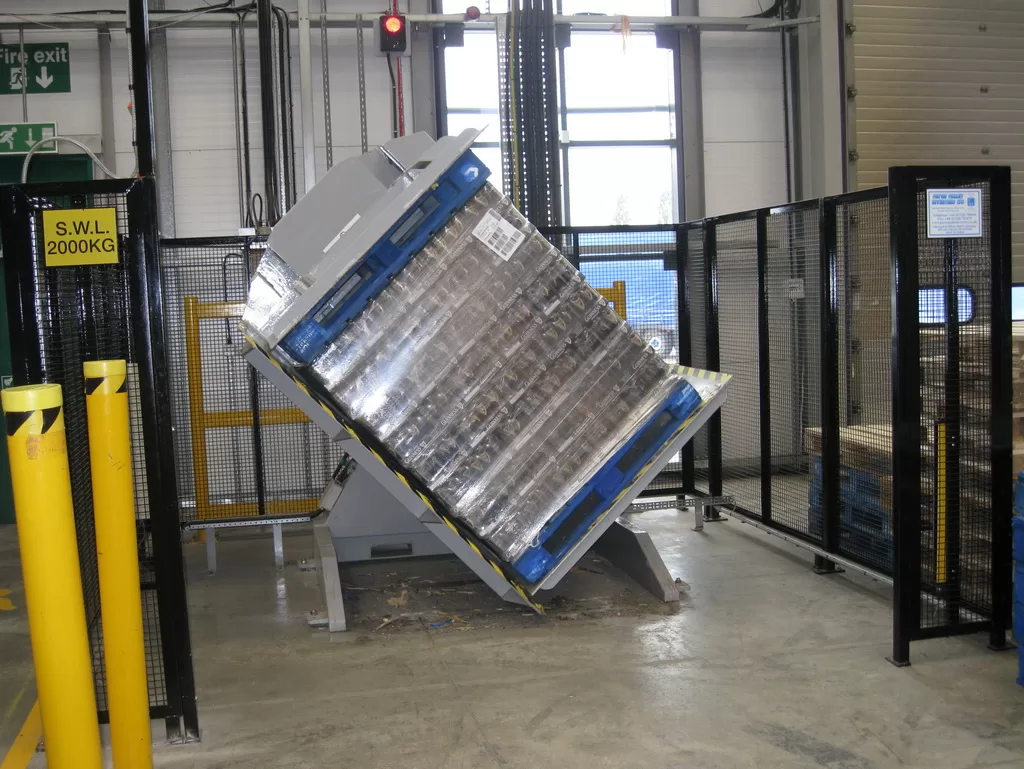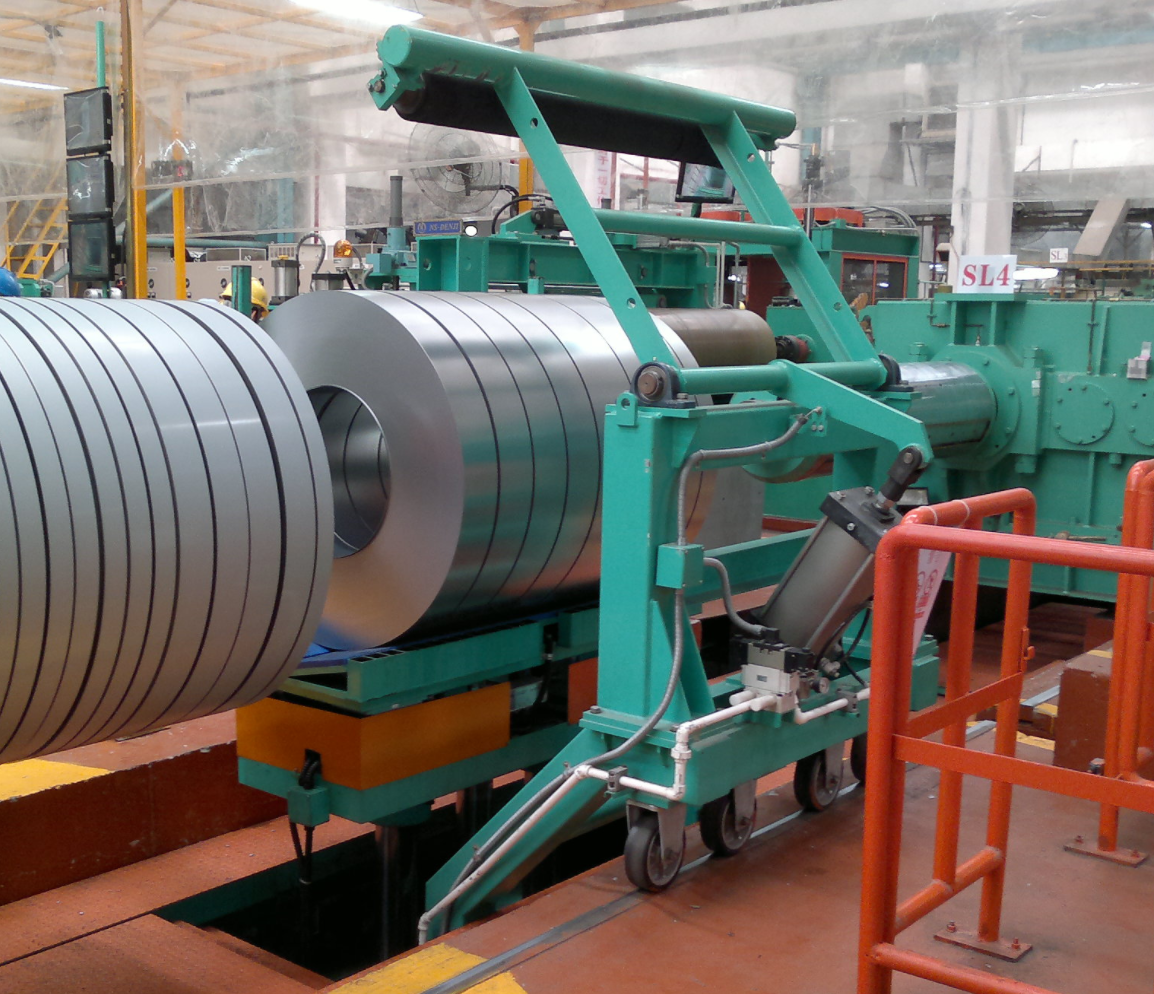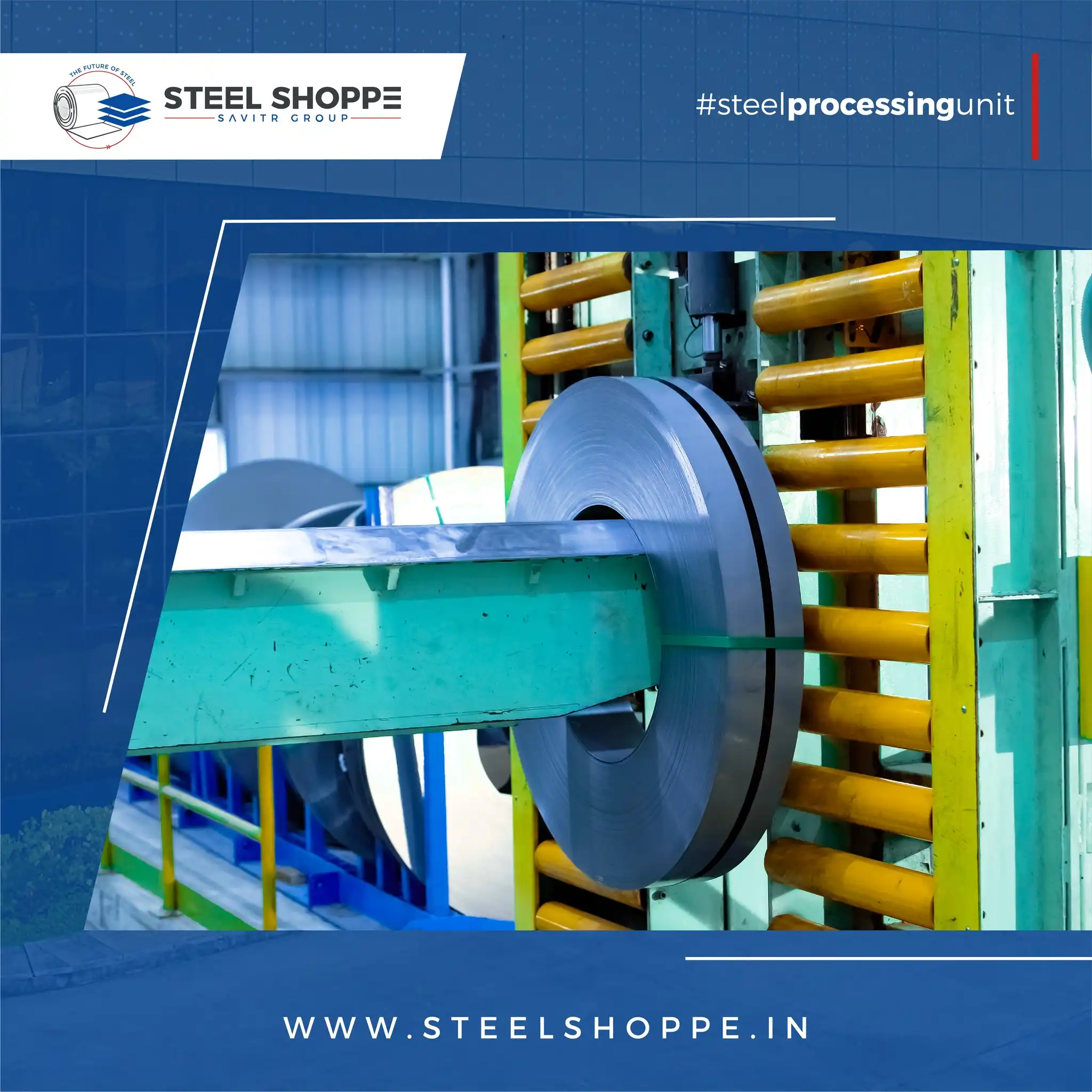How to Use Strapping to Improve the Safety and Efficiency of Steel Coil Handling
Are you struggling with steel coil handling that’s slow, unsafe, and prone to damage? Imagine a streamlined process where coils are securely and efficiently moved, minimizing risks and maximizing productivity. Steel strapping, often underestimated, is the key to achieving this transformation. It’s not just about bundling; it’s about creating a safer, more efficient workflow for your steel coil operations.
Steel strapping is a highly effective method to enhance both the safety and efficiency of steel coil handling. By providing robust support and securement, strapping minimizes the risk of coil damage, prevents accidents during transportation and storage, and streamlines handling processes, leading to significant improvements in operational productivity and workplace safety.
This guide will delve into the essential techniques and best practices for utilizing strapping to revolutionize your steel coil handling. Continue reading to discover how you can optimize your operations and ensure the safe and efficient movement of these heavy and valuable materials.
Understanding the Fundamentals of Steel Strapping for Coil Handling
Steel coil handling presents unique challenges due to the weight and shape of the materials. Without proper securement, coils can shift, unroll, or become damaged, leading to hazardous situations and costly losses. Steel strapping provides a robust solution, but understanding its nuances is crucial for effective implementation.
Steel strapping is crucial for safe and efficient steel coil handling because it offers unmatched strength and durability to secure heavy and awkwardly shaped coils. Its application minimizes movement during handling and transport, preventing damage to the coils and reducing the risk of workplace accidents. Choosing the right type of steel strapping and applying it correctly are essential for maximizing these benefits.
To truly leverage the power of steel strapping, we need to explore the core elements. Let’s break down the types of strapping available, their specific applications in coil handling, and how to choose the best option for your needs.
Types of Steel Strapping and Their Suitability for Steel Coils
Steel strapping isn’t a one-size-fits-all solution. Different types cater to varying needs, and selecting the right one is critical for optimal performance and cost-effectiveness. Understanding the distinctions between ribbon-wound and oscillation-wound strapping, as well as variations in steel grade and finish, will empower you to make informed decisions.
For steel coil handling, the primary considerations are strength, durability, and ease of application. Let’s compare ribbon-wound and oscillation-wound strapping in detail:
| Feature | Ribbon-Wound Steel Strapping | Oscillation-Wound Steel Strapping |
|---|---|---|
| Winding Pattern | Layered coils, each wrap directly on top of the previous | Zigzag pattern across the width of the coil |
| Coil Structure | Compact and uniform | Less compact, contains more strapping per coil |
| Ease of Handling | Smooth and straightforward application, reduced tangling risk | Easier unwinding, especially in automated machines |
| Space Efficiency | Compact coils, less storage space | Coils take up more space for the same weight |
| Tension Consistency | Precise layering ensures even tension distribution | Tension distribution is generally consistent |
| Cost-Effectiveness | Can be more expensive per meter for high-volume applications | Lower cost per meter due to higher meterage per coil for large operations |
| Best Suited For | Applications requiring precise tension, space-constrained storage | High-volume, automated processes, cost-sensitive applications |
In the context of steel coil handling, both types have their place. Ribbon-wound strapping excels when precision and minimal storage footprint are paramount. Oscillation-wound strapping shines in high-throughput environments where minimizing coil changes and cost per unit are key drivers. The choice depends on your specific operational scale and priorities. Beyond winding type, consider the steel grade. Higher tensile strength steel is crucial for heavier coils, while specific finishes like painted or waxed strapping can offer enhanced corrosion resistance for coils stored in challenging environments. By carefully evaluating these factors, you can select the ideal steel strapping to maximize both the safety and efficiency of your steel coil handling processes.

Selecting the Right Strapping Tools for Efficient Coil Handling
Strapping is only as effective as the tools used to apply it. Choosing the appropriate strapping tools is paramount for ensuring secure and efficient coil handling. From manual tensioners and sealers to advanced pneumatic and combination tools, the market offers a range of options to suit various operational scales and strapping needs.
Selecting the right strapping tools is vital for efficient steel coil handling because they directly impact the speed, consistency, and safety of the strapping process. Using appropriate tools ensures proper tensioning and sealing of the strapping, which is critical for secure load containment and preventing accidents. The choice of tools depends on factors like the volume of coils handled, the type of strapping used, and the desired level of automation.
Let’s explore the different categories of strapping tools and their best applications in steel coil handling operations.
-
Manual Strapping Tools: Ideal for low to medium volume operations, manual tools are cost-effective and versatile. Tensioners apply tension, sealers secure the strapping ends with seals, and cutters trim excess strapping. While requiring more manual effort, they offer flexibility for diverse coil sizes and handling scenarios.
-
Pneumatic Strapping Tools: Powered by compressed air, pneumatic tools significantly increase efficiency and reduce operator fatigue. Pneumatic tensioners, sealers, and combination tools are faster and more consistent than manual counterparts, making them suitable for medium to high volume operations.
-
Combination Strapping Tools: These tools integrate tensioning, sealing, and cutting functions into a single unit, streamlining the strapping process and improving efficiency. Available in manual, pneumatic, and battery-powered options, combination tools are particularly advantageous for mobile or high-throughput applications.
-
Automated Strapping Systems: For high-volume, continuous coil handling, automated strapping systems offer the ultimate in efficiency and consistency. These systems can be integrated into coil packing lines, automatically applying strapping with pre-set tension and sealing parameters, minimizing manual intervention and maximizing throughput.
The table below summarizes the key considerations when selecting strapping tools for steel coil handling:
| Tool Type | Ideal Operation Volume | Advantages | Disadvantages |
|---|---|---|---|
| Manual Tools | Low to Medium | Cost-effective, versatile, portable | Labor-intensive, less consistent tension |
| Pneumatic Tools | Medium to High | Efficient, faster, more consistent tension | Requires compressed air supply |
| Combination Tools | Medium to High | Streamlined process, efficient, versatile | Can be more expensive than individual tools |
| Automated Systems | High Volume | Maximum efficiency, consistent, minimal labor | High initial investment, complex setup |
Ultimately, the optimal tool selection depends on your specific coil handling volume, budget, and desired level of automation. Carefully assess your operational needs to choose the strapping tools that will best enhance both safety and efficiency in your steel coil handling processes.

Best Practices for Safe and Efficient Steel Coil Strapping Application
Applying strapping correctly is just as crucial as choosing the right materials and tools. Improper strapping techniques can compromise safety, reduce efficiency, and even damage the coils themselves. Adhering to best practices ensures secure load containment, minimizes risks, and maximizes the benefits of steel strapping.
To ensure safety and efficiency when applying steel strapping to coils, it’s crucial to follow best practices such as proper coil preparation, correct strapping tensioning (ideally 30% to 50% of breaking strength), secure jointing using appropriate seals or methods, and thorough final inspection. These practices minimize the risk of strapping failure, prevent coil damage, and create a safer working environment.
Let’s outline key best practices for each stage of the strapping application process:
-
Coil Preparation:
- Inspect coils for any damage or irregularities before strapping.
- Clean the coil surface to remove dirt, oil, or debris that could affect strapping grip.
- Position the coil on a stable, level surface to prevent movement during strapping.
-
Strapping Application:
- Wrap the strapping evenly around the coil, ensuring proper alignment.
- Thread the strapping through the tensioning tool correctly.
- Apply consistent and appropriate tension using the tensioning tool. Avoid over-tensioning, which can damage the strapping or the coil, and under-tensioning, which can lead to loose strapping.
-
Jointing and Sealing:
- Select the appropriate type of strapping seal (snap-on, lapover, etc.) based on the strapping and application requirements.
- Use the sealer tool to create a secure and robust joint. Ensure the seal is properly crimped or formed according to the seal and tool manufacturer’s recommendations.
- For seal-less joints or spot welds, follow established procedures to achieve the required joint strength.
-
Final Inspection:
- Verify that the strapping tension is within the desired range.
- Inspect the joint for integrity and strength. Ensure the seal is properly formed and securely holds the strapping ends.
- Conduct a visual check of the entire strapping application for any signs of damage, misalignment, or looseness.
By meticulously following these best practices, you can significantly enhance the safety and efficiency of your steel coil handling operations. Proper strapping application minimizes the risk of accidents, reduces coil damage, and ensures secure and reliable load containment throughout the handling and transportation process.

Safety Protocols and Considerations in Steel Coil Strapping
Safety must be paramount in any steel coil handling operation, and strapping is no exception. While strapping enhances safety when applied correctly, improper techniques or neglected safety protocols can introduce new hazards. Understanding potential risks and implementing comprehensive safety measures are crucial for protecting personnel and preventing accidents.
Worker safety is paramount during steel coil strapping. Implementing strict safety protocols such as mandatory PPE (safety glasses, gloves), proper training on strapping tools and techniques, maintaining safe distances during tensioning and cutting, and regular equipment inspections are essential to prevent injuries. Prioritizing safety not only protects workers but also contributes to a more efficient and productive operation.
Key safety protocols and considerations include:
-
Personal Protective Equipment (PPE):
- Always require workers to wear appropriate PPE, including safety glasses, heavy-duty gloves, and steel-toed boots, during strapping operations. Additional PPE like arm guards or sleeves may be necessary when handling sharp steel strapping edges.
-
Training and Competency:
- Ensure all personnel involved in strapping are thoroughly trained on proper techniques, tool operation, and safety procedures. Regular refresher training is recommended to reinforce best practices and address any new equipment or procedures.
-
Safe Tool Operation:
- Follow manufacturer’s instructions for operating strapping tools.
- Regularly inspect tools for wear and tear and ensure they are in good working condition.
- Never modify or misuse strapping tools.
-
Tensioning and Cutting Safety:
- Maintain a safe distance from the strapping path during tensioning and cutting to avoid injury from strap recoil or tool malfunction.
- Use designated cutting tools and techniques to safely trim excess strapping. Never use makeshift cutting methods that could create hazards.
-
Coil Stability and Handling:
- Ensure coils are stable and properly supported before, during, and after strapping.
- Follow safe lifting and handling procedures for coils to prevent accidents.
- Never move or handle unsecured or improperly strapped coils.
-
Emergency Procedures:
- Establish and communicate clear emergency procedures in case of accidents or strapping failures.
- Ensure first-aid supplies and trained personnel are readily available.
By prioritizing safety at every step of the steel coil strapping process, you can create a safer working environment, protect your employees, and minimize the risk of costly accidents and downtime. A safe operation is inherently a more efficient and productive operation.

Steel strapping significantly improves steel coil handling safety and efficiency by providing securement, reducing damage, and streamlining processes. Implementing best practices in material selection, tool usage, application techniques, and safety protocols are crucial for maximizing these benefits and creating a safer, more productive workplace.
Conclusion
Steel strapping is not merely a packaging material; it’s an integral component of a safe and efficient steel coil handling system. By understanding the nuances of steel banding, selecting the right tools, and adhering to best practices, businesses can significantly enhance their operations. Investing in proper coil strapping techniques translates to reduced material damage, minimized workplace accidents, and increased overall productivity. Embracing steel banding solutions is a strategic move towards optimizing your steel coil handling processes and ensuring a more secure and efficient future. Explore advanced coil packing line solutions to further elevate your operational efficiency.










